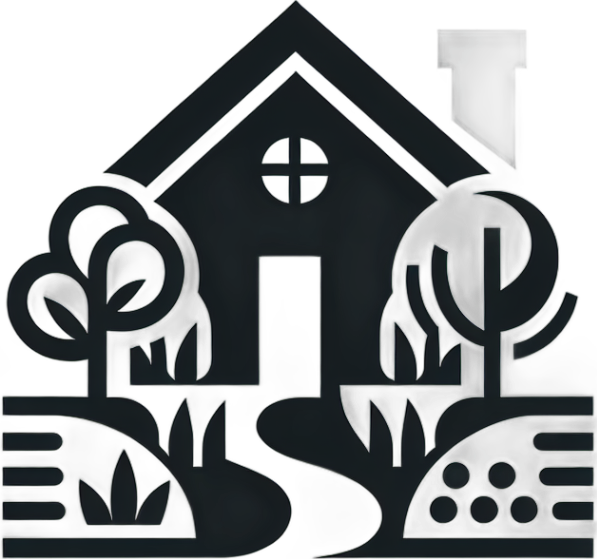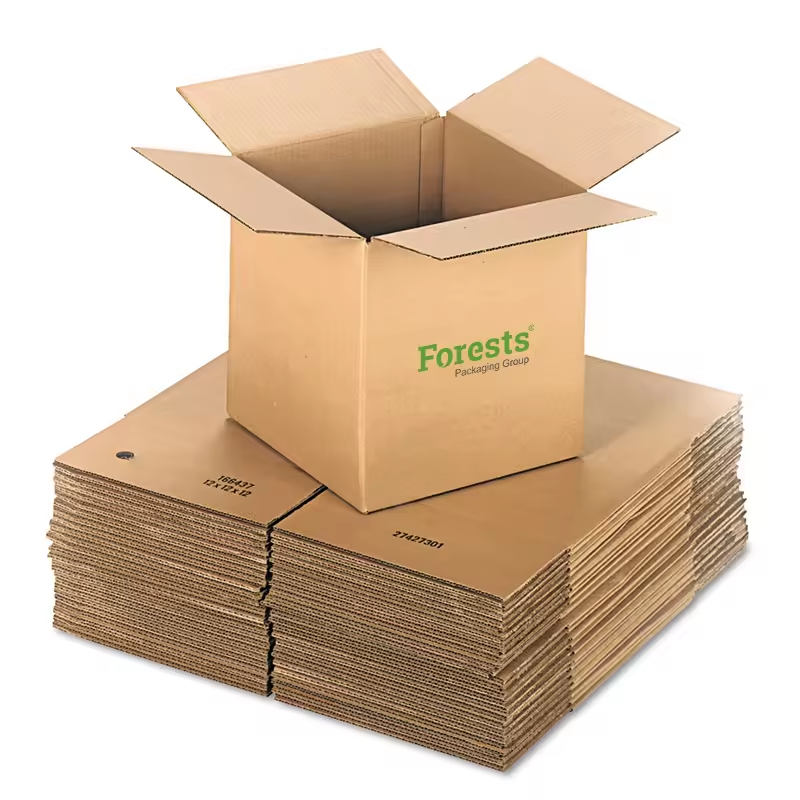Shipping goods safely and efficiently is paramount for any business, whether you’re a small online retailer or a large-scale distributor. One of the most reliable and widely used solutions for ensuring your products arrive in perfect condition is through the use of corrugated boxes. But with a seemingly endless array of options available, how do you select the right type for your specific needs? Understanding the nuances of these boxes is crucial. For businesses seeking dependable solutions for sending items using corrugated boxes, navigating the choices can feel overwhelming. Let’s unpack this topic together.
This guide will delve into the different types of corrugated boxes, their strengths, and how to choose the perfect one to protect your valuable cargo. We’ll explore everything from the basic construction to advanced features, helping you make informed decisions that save you money and keep your customers happy. And if you’re looking for bespoke custom box solutions, we’ll touch on that too.
Understanding Corrugated Construction
Before we dive into the various types, it’s essential to understand what makes these boxes so strong and versatile. The term “corrugated” refers to the wavy inner layer, known as the fluting, sandwiched between one or more flat layers called the linerboard. This combination creates a structure that’s significantly stronger than a single layer of cardboard.
Think of it like this: a single sheet of paper is easy to bend, but if you create a series of folds (similar to the fluting in corrugated cardboard), it becomes much more rigid. The fluting acts as a series of columns that resist bending and compression, providing excellent protection during shipping.
Single-Face, Single-Wall, Double-Wall, and Triple-Wall Corrugated
The number of layers determines the strength and durability of the box. Here’s a breakdown:
Single-Face: This is the simplest type, consisting of one layer of fluting glued to one layer of linerboard. It’s often used as a protective wrap for fragile items or as cushioning material.
Single-Wall: Also known as double-face, this is the most common type, featuring one layer of fluting sandwiched between two layers of linerboard. It’s ideal for a wide range of products and offers a good balance of strength and cost-effectiveness.
Double-Wall: For heavier or more fragile items, double-wall corrugated provides extra protection. It consists of two layers of fluting and three layers of linerboard, creating a significantly stronger and more rigid structure.
Triple-Wall: The strongest type, triple-wall corrugated, is used for extremely heavy or delicate items that require maximum protection. It features three layers of fluting and four layers of linerboard.
Common Styles of Corrugated Boxes
Beyond the basic construction, different styles of corrugated boxes are designed for specific purposes. Here are some of the most common:
Regular Slotted Container (RSC)
The RSC is the workhorse of the packaging industry. It’s the most common and economical style, made from a single sheet of corrugated board that’s scored and slotted to create flaps that fold to form the top and bottom of the box. RSCs are easy to assemble and can be used for a wide variety of products. Given its ubiquity, finding the right supplier of corrugated boxes who understands your business is key.
Half-Slotted Container (HSC)
Similar to an RSC, but with only one set of flaps (either top or bottom). HSCs are often used as sleeves or trays.
Full Overlap Slotted Container (FOL)
In an FOL, the flaps fully overlap, providing extra cushioning and stacking strength. This style is ideal for heavy or fragile items that require additional protection.
Telescope Boxes
These boxes consist of two separate pieces: a top and a bottom that fit over each other. Telescope boxes are often used for items that are difficult to pack in a standard box, or for products that need to be easily accessible.
Die-Cut Boxes
Die-cut boxes are custom-designed and manufactured using a die to create specific shapes and features. This allows for intricate designs and precise dimensions, making them ideal for retail packaging and specialty products. Many businesses opt for tailored custom box solutions to perfectly fit their brand.
Factors to Consider When Choosing Corrugated Boxes
Selecting the right type of corrugated box involves considering several factors:
Product Weight and Dimensions
The weight and dimensions of your product are crucial factors in determining the appropriate box size and strength. Heavier items require stronger corrugated board to prevent crushing or damage during shipping. Larger items may also necessitate custom-sized boxes to ensure a snug and secure fit.
Shipping Environment
Consider the conditions your package will encounter during transit. Will it be exposed to extreme temperatures or humidity? Will it be handled roughly? If so, you’ll need to choose a box that can withstand these conditions. For instance, wax-coated corrugated boxes offer excellent moisture resistance.
Stacking Requirements
If your boxes will be stacked during shipping or storage, you’ll need to choose a style and strength that can support the weight of the boxes above. FOLs and double-wall corrugated boxes are good options for stacking.
Cost
Of course, cost is always a consideration. While it’s tempting to opt for the cheapest option, remember that skimping on packaging can lead to damaged goods and unhappy customers. It’s essential to strike a balance between cost and protection. Finding the correct applications for various types of corrugated boxes is key to cost-effectiveness.
The Importance of Fluting
The fluting is the unsung hero of the corrugated box. Different fluting profiles offer varying levels of cushioning and stacking strength. Here’s a quick overview:
A-Flute: The original fluting profile, offering excellent cushioning and stacking strength.
B-Flute: Provides good crush resistance and is ideal for printing.
C-Flute: The most common fluting profile, offering a good balance of cushioning, stacking strength, and printability.
E-Flute: A thinner fluting profile, ideal for retail packaging and smaller boxes.
F-Flute: The thinnest fluting profile, offering excellent printability and a smooth surface.
Customisation Options
Corrugated boxes can be customised in a variety of ways to enhance branding and functionality. Printing options include flexographic printing, which is ideal for high-volume orders, and digital printing, which is perfect for smaller runs and complex designs. You can also add features such as handles, perforations, and tear strips to improve ease of use. Given the range of options, it’s important to consider what custom boxes best suit your business.
Sustainability Considerations
In today’s environmentally conscious world, sustainability is an important consideration when choosing packaging materials. Corrugated cardboard is highly recyclable and often made from recycled content. Look for boxes that are certified by organisations such as the Forest Stewardship Council (FSC) to ensure they come from responsibly managed forests.
Finding the Right Supplier
Choosing the right supplier is just as important as choosing the right type of box. Look for a supplier with a wide range of options, competitive pricing, and excellent customer service. A good supplier will be able to help you assess your needs and recommend the best solutions for your specific requirements.
Investing in Quality Corrugated Boxes
Ultimately, investing in quality corrugated boxes is an investment in your business. By choosing the right type of box, you can protect your products, reduce shipping costs, and enhance your brand image. Take the time to assess your needs carefully and work with a reputable supplier to find the perfect packaging solutions. So, are you ready to ensure your goods arrive safe and sound?



